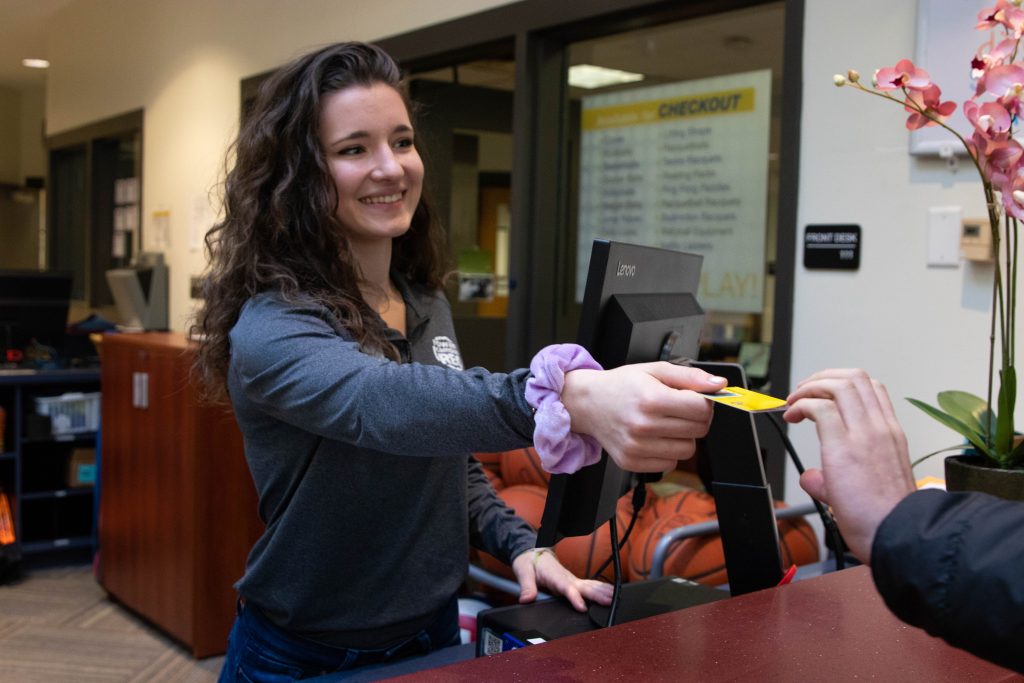Heading into a new academic year brings new goals — including new ways to improve financial habits and invest in a better economic future. For most students, paying down debt and saving more money topped the list of resolutions.
Americans collectively were on pace to accrue about $4 trillion in consumer debt by the end of 2018, according to a LendingTree analysis of the latest Federal Reserve data.
Despite the staggering statistics, now is a great time to develop a healthy relationship with your finances. It is possible to pay down existing debt and set yourself up to save money at the same time. It just takes a clear plan of action, some commitment and a positive outlook.

1. Establish an accurate picture of your current financial landscape — down to the smallest detail.
2. Gather up every financial statement you can find, build a spreadsheet or document to record all income sources and create a list of all monthly expenses (including all debts and loans). From there, organize those expenses by category — everything from your rent payment down to the daily morning coffee you buy.
3. Determine which expenses are fixed (think: the same amount every month, like car payments, rent, and auto insurance) and which are variable (i.e., what fluctuates, like entertainment, groceries, discretionary spending, etc.). Total up all expenses and compare that to the total income you generate each month. If your expenses are higher than your income, look at your variable expenses and find opportunities to adjust or scale back.
4. Commit a specific dollar amount toward debt repayment and savings, and make each a “fixed expense.”
5. Aim to pay more than the minimum monthly loan repayment for credit cards, in particular. For example, if a credit card has a minimum payment of $25/month, commit to $50/month and stick to it. That way, you’ll cover the interest and start chipping away at the total balance.
6. As important as it is to pay down debt, it’s equally important to pay yourself. Even if it’s $50 a paycheck, figure out an amount that’s reasonable for you and your goals and sock it away in a savings account each month —preferably one that grows interest. Make it a non-negotiable payment, or set up an automatic transfer, so that money goes right into savings without a second thought. You’ll be surprised how much you’ve saved after one year.
7. Remember: you’re doing this for you. And you’re in control.
8. Try not to look at budgeting as restrictive or some sort of self-inflicted retribution for poor financial habits. Keep a positive mindset and remember to take it one day at a time. As your outstanding debts shrink and your savings account grows, you’ll gradually see the results of your steadfast commitment. Building a great relationship with money and designing a brighter financial future for yourself can help you reach your goals. Each small step forward is more motivating than the last. Just be clear about where you are, where you want to go and how you’ll get there.

Better budgeting and smarter savings are within reach. Check out more of Comenity’s financial resources for additional tips.
Like what you see? Come visit us!
Story By:
Brandi Blanton
Financial Literacy Specialist
Rowan University Financial Aid



